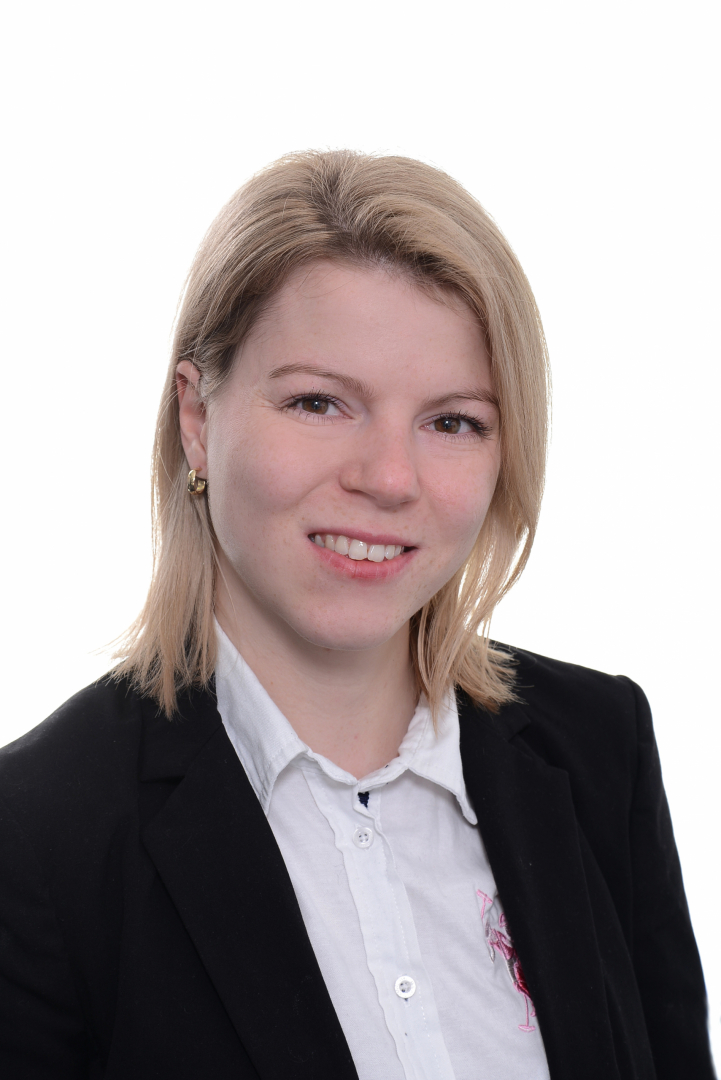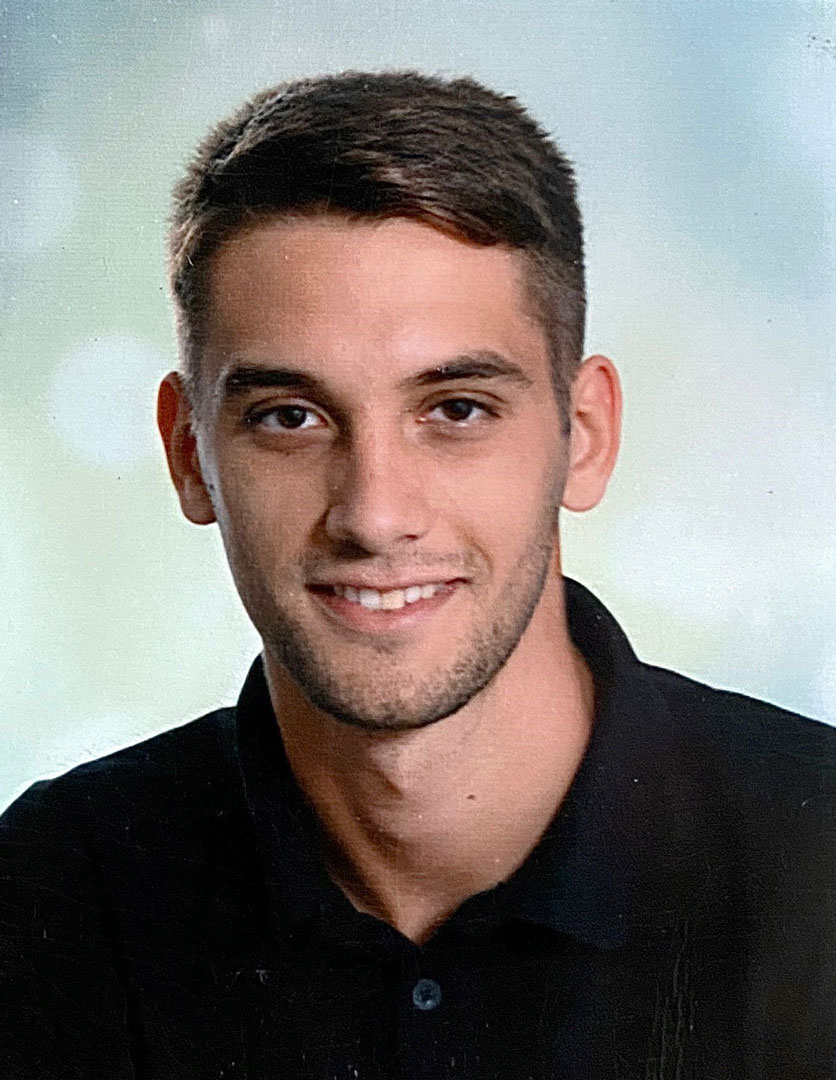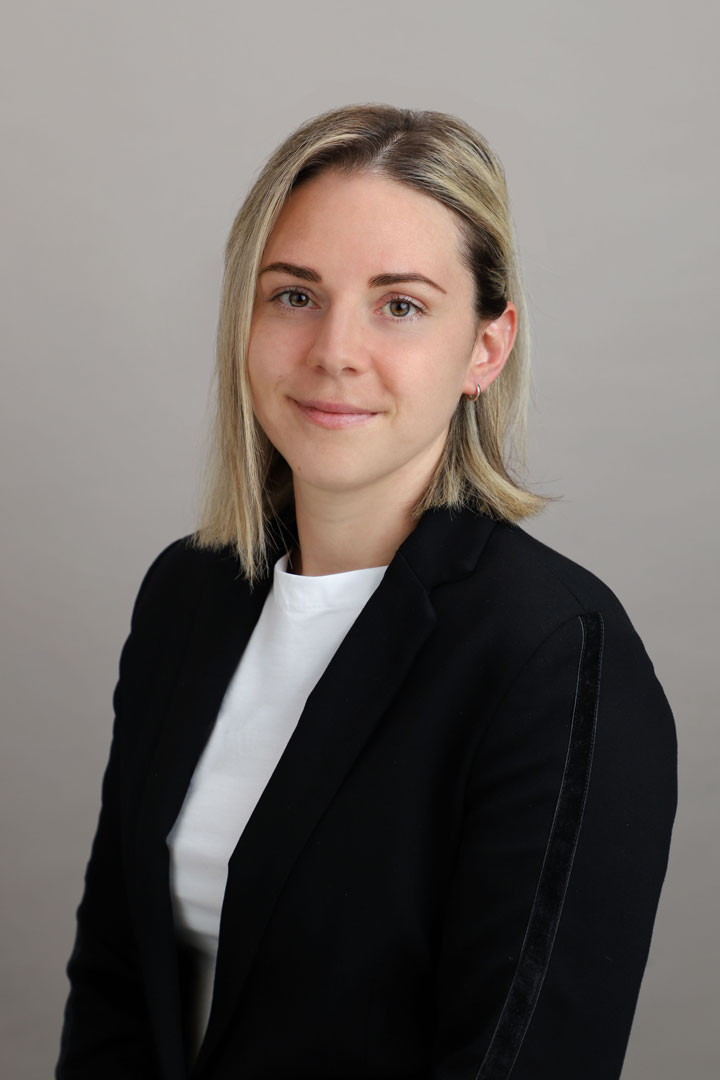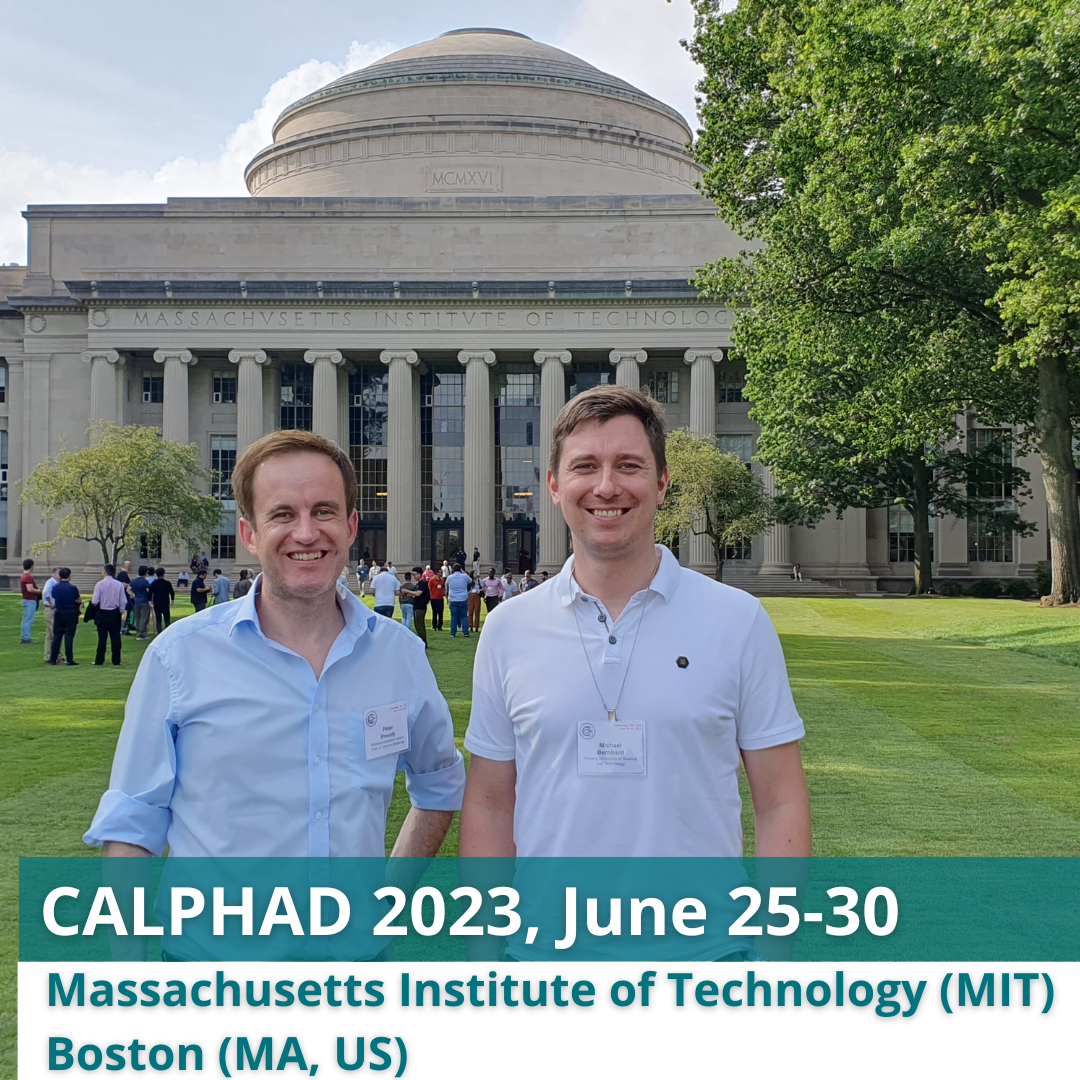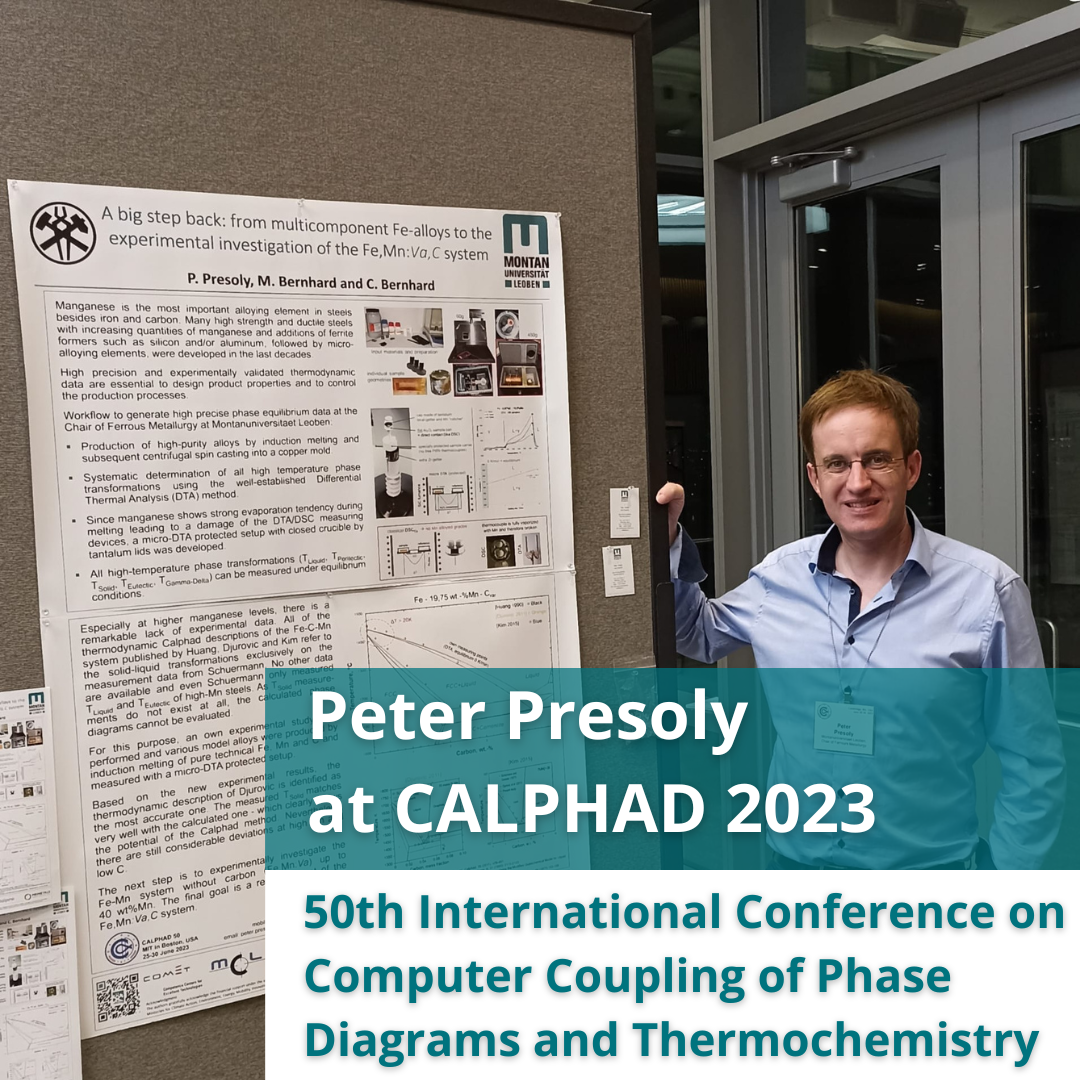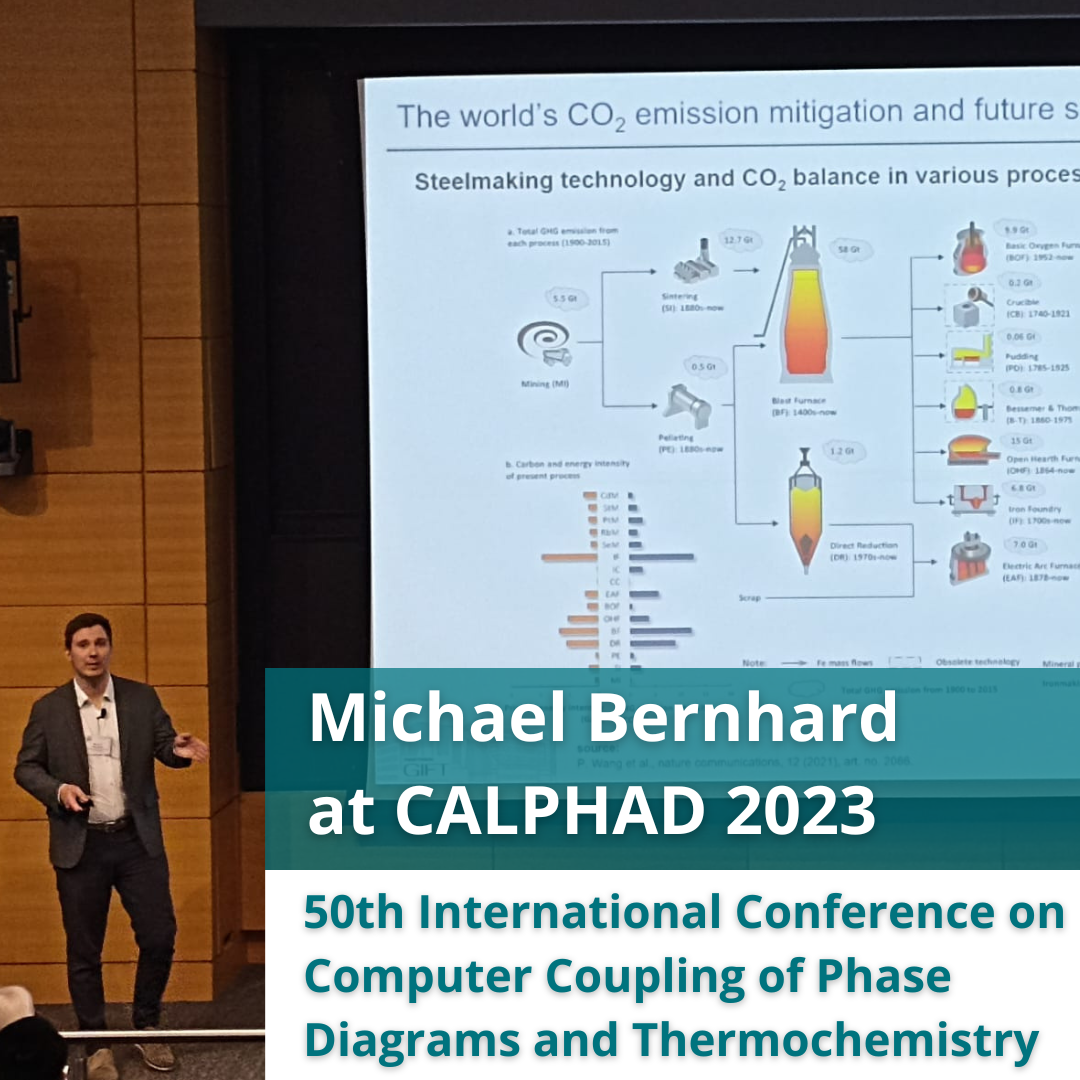Identifikation der Quelle von Calciumaluminat-Einschlüsse hochkohliger Stähle mittels Schlackentracings
Kurzbeschreibung der Problemstellung Der Reinheitsgrad von Stählen stellt in der Metallurgie ein relevantes Qualitätsmerkmal dar, welcher zunehmend an Aufmerksamkeit gewinnt. Nichtmetallische Einschlüsse beeinflussen die Reinheit von Stahl und somit die mechanischen Eigenschaften maßgeblich. In der Vergangenheit wurden vermehrt meso- bzw. makroskopische Calciumaluminat (CA)-Einschlüsse im Filetbereich der Bramme entdeckt, die eine ähnliche chemische [...]




